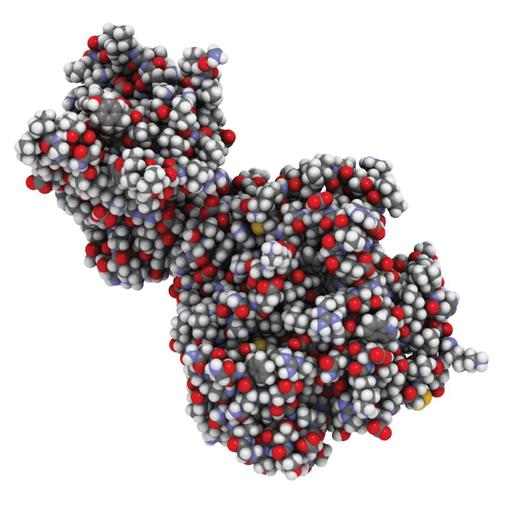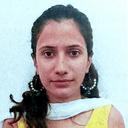Lipid Digestion
Presentations | English
Where does lipid digestion occur? The mouth and stomach play a small role in this process, but most enzymatic digestion of lipids happens in the small intestine. Lipase enzymes break down fat into fatty acids and glycerol. Digestion of fat in the small intestine is helped by bile, made in the liver. Bile breaks the fat into small droplets that are easier for the lipase enzymes to work on. The enzyme lingual lipase, along with a small amount of phospholipid as an emulsifier, initiates the process of digestion. These actions cause the fats to become more accessible to the digestive enzymes. As a result, the fats become tiny droplets and separate from the watery components. The major products of lipid digestion – fatty acids and 2-monoglycerides – enter the enterocyte by simple diffusion across the plasma membrane. A considerable fraction of the fatty acids also enter the enterocyte via a specific fatty acid transporter protein in the membrane.

25.00
Lumens
PPTX (100 Slides)
Lipid Digestion
Presentations | English
